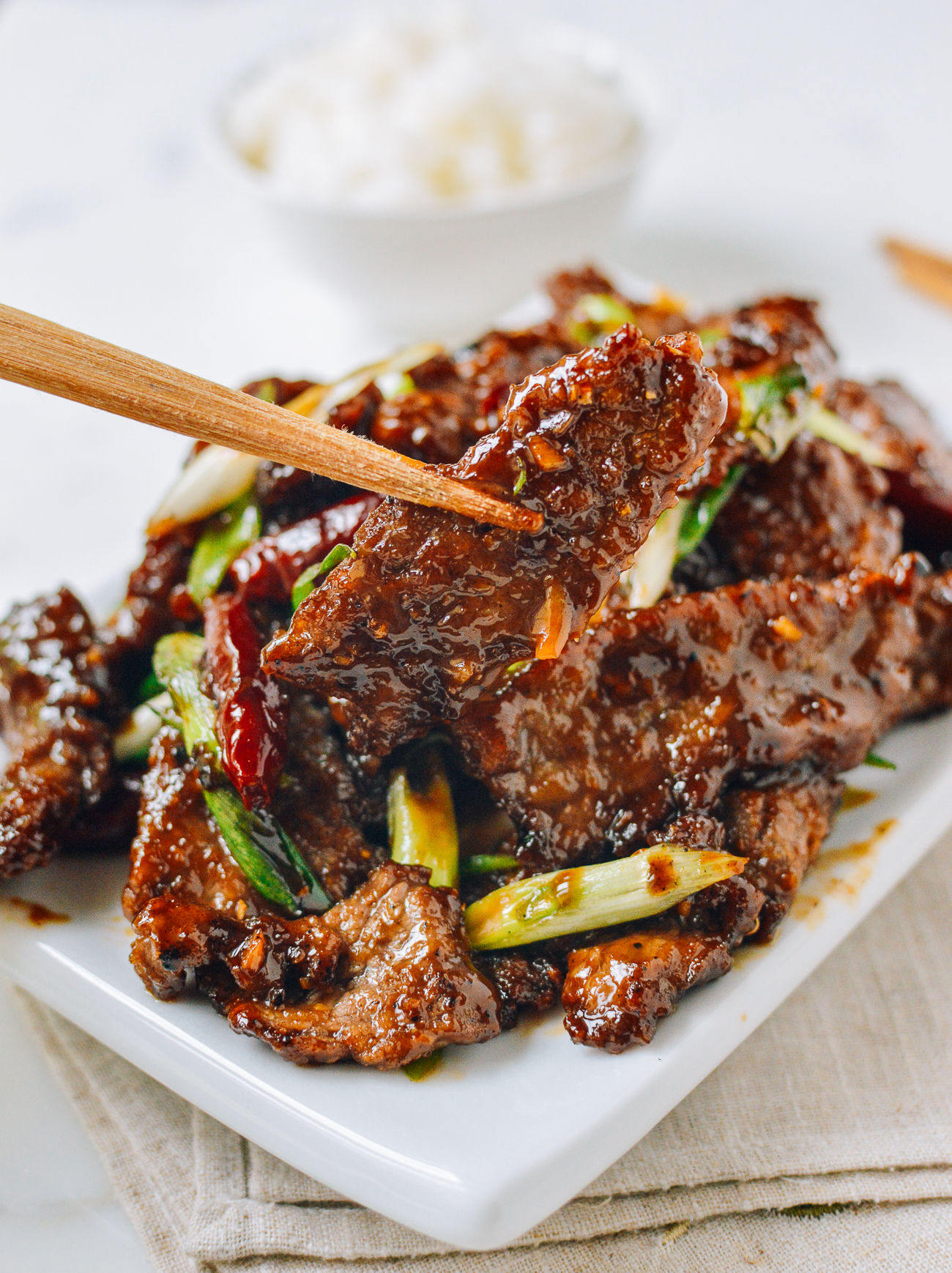Comprehending the Nutritional Perks of Different Kinds Of Meat
Comprehending the Nutritional Perks of Different Kinds Of Meat
Blog Article
From Ranch to Table: Fresh and Costs Meat Choices
The journey of meat from farm to table envelops a complicated interplay of quality, values, and sustainability. This shift not just improves the nutritional account of meat but additionally supports local economic situations.
Comprehending Meat Sourcing
As consumers end up being increasingly knowledgeable about the origins of their food, recognizing meat sourcing has gained extremely important significance. Meat sourcing involves tracing the trip of meat from farm to table, incorporating different variables such as farming methods, pet welfare, and ecological impact. This understanding empowers customers to make informed options that align with their values, specifically concerning sustainability and honest considerations.
The sourcing of meat can vary significantly based on numerous criteria, including the kind of livestock, farming techniques, and geographical place. Grass-fed beef typically comes from pasture-based systems that advertise pet welfare and decrease environmental destruction. On the other hand, traditional meat might entail extensive farming practices that raise worries pertaining to antibiotic usage and habitat destruction.
Understanding the particular farm or region where the meat stems aids customers make sure top quality and security. Eventually, understanding meat sourcing not only boosts customer option but additionally cultivates accountable usage and sustains honest farming techniques.
Advantages of Fresh Meat
Selecting fresh meat provides numerous benefits that prolong beyond taste and structure. Fresh meat normally preserves greater dietary worth contrasted to its frozen or processed equivalents. It is usually richer in crucial minerals and vitamins, such as B vitamins, iron, and zinc, which are important for maintaining total wellness.
Additionally, the sourcing of fresh meat typically involves much shorter supply chains, decreasing the time in between farm and table. This suggests that the meat is less most likely to lose its dietary honesty throughout transportation and storage space. Furthermore, customers can experience improved preference and juiciness, which can elevate cooking experiences.
Fresh meat also gives a chance for customers to support neighborhood farmers and promote lasting agricultural methods. When buying from regional resources, individuals can add to their local economic climate and cultivate a higher link to the food they consume.
Finally, fresh meat is generally devoid of the preservatives and additives frequently discovered in refined options. This makes it a cleaner, much healthier choice for those seeking to lessen their consumption of artificial ingredients. Overall, the benefits of choosing fresh meat encompass health, preference, and a feeling of area interaction.
Pet Welfare Requirements
Making sure high pet welfare standards is important for both ethical factors to consider and the top quality of meat items. The treatment of livestock straight influences not only the moral effects of meat manufacturing yet also the general high quality and safety of the end products. Animals elevated in gentle conditions are less worried, resulting in healthier pets and, subsequently, remarkable meat quality.
Rules and accreditations concerning pet welfare have come to be progressively significant in the meat sector. These frameworks ensure pets are offered with adequate area, proper nourishment, and humane handling throughout their lives. Practices such as pasture-raised systems and free-range environments add to much better pet welfare by permitting animals to show natural why not check here actions, which is important for their well-being.
In addition, consumers are coming to be much more critical concerning the resources of their meat, leading to an expanding need for products that stick to stringent pet welfare criteria. This shift not only advertises ethical farming methods but likewise urges producers to embrace actions that enhance the health and well-being of their read more pets. Meat. Eventually, focusing on animal welfare is not simply an ethical imperative; it is also a pathway to generating premium-quality meat that meets consumer expectations

Sustainable Farming Practices
Sustainable farming techniques play an essential function in boosting both animal welfare and the high quality of meat items. By executing rotational grazing, farmers can advertise healthy and balanced pasture communities, permitting animals to feed on nutrient-rich lawns while preventing overgrazing.
Furthermore, lasting farming often integrates integrated pest administration and natural feed alternatives, reducing the usage of harmful chemicals. This strategy not only safeguards animal well-being however additionally causes cleaner, safer meat products for consumers. Water conservation methods, such as rain harvesting and reliable irrigation systems, even more add to lasting methods, making sure that sources are made use of judiciously.
Furthermore, promoting biodiversity with polyculture systems and protecting environments for wild animals improves the durability of farming ecological communities. By focusing on these lasting approaches, farmers can generate high-quality meat that meets customer need while advertising eco-friendly equilibrium. Inevitably, accepting lasting farming methods is vital for producing a much more responsible and resilient food system that benefits pets, farmers, and customers alike.
Deciding On High Quality Over Quantity
Frequently, customers are encountered with the issue of choosing between quantity and top quality when it involves meat items. While purchasing larger amounts might seem economically advantageous, the long-lasting benefits of choosing high-grade meat much exceed the immediate financial savings. Quality meat More about the author is usually sourced from pets raised in lasting atmospheres, where they are given correct nourishment and care, bring about remarkable flavor and dietary value.
High-quality meats are typically without damaging additives, hormonal agents, and prescription antibiotics that are frequently existing in mass-produced options (Meat). This not just guarantees a much healthier dining experience yet likewise supports moral farming practices that focus on animal well-being. Additionally, costs meats tend to have a much better texture and taste, boosting the general cooking experience
Investing in top quality meat encourages consumers to appreciate smaller sized sections, permitting an extra mindful technique to eating. This shift not just impacts personal wellness positively however additionally promotes lasting consumption patterns that can profit the setting. To conclude, focusing on quality over quantity when choosing meat items fosters a much more accountable and health-conscious way of living, ultimately enhancing both the eating experience and the earth.
Conclusion

Report this page